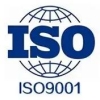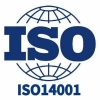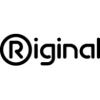The future of Fiber optic modules: Advantages and challenges of CPO technology
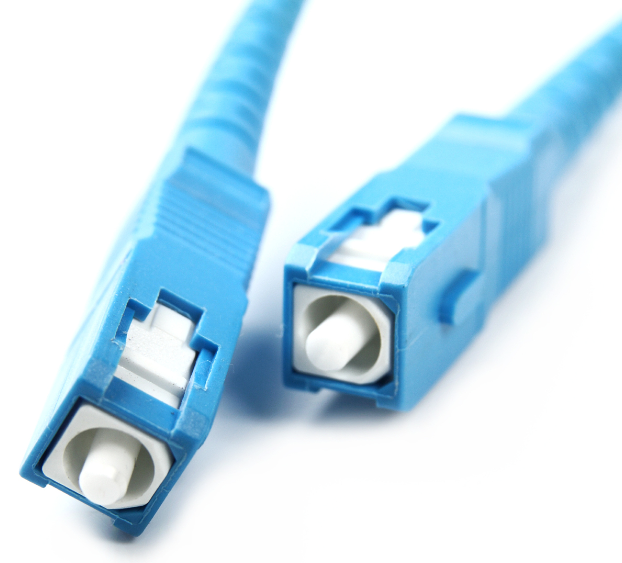
In today's information and communication technology (ICT) field of rapid development of the situation, the importance of optical fiber modules is becoming more and more prominent. As data centers and network infrastructure continue to scale, the demand for fiber optic modules is also increasing significantly. Fiber optic module, which is a key component in realizing high bandwidth, high speed and long distance transmission, is now ushering in new technological changes, and CPO (Co-Packaged Optics) technology has become a new hot research direction. This article will take a good look at the application of CPO technology in optical fiber modules, as well as its benefits and some of the problems faced.
一、What about CPO technology
CPO technology, also known as optoelectronic co-packaging technology, is a way to put silicon chips and optoelectronic devices in the same package. This design is to reduce the delay of data transmission, so that the performance of the entire system becomes better. In the previous optical fiber module, the photoelectric converter and the C0603C821G4HACAUTO silicon chip are usually separated, which not only takes up more space, but also may increase the delay in the signal transmission process. After the CPO technology encapsulates the two together, on the one hand, the distance of signal transmission is shortened, and on the other hand, the efficiency of photoelectric cooperation is improved.
二、What are the benefits of CPO technology
1. Supports high bandwidth and high speed
CPO technology can provide data centers with higher bandwidth and faster data transfer rates. Why is that? Because the CPO module can efficiently convert electricity to light at a shorter distance, the signal attenuation and delay can be greatly reduced. According to market research, CPO technology is designed to support higher rates than traditional fiber optic modules, which can just meet the increasingly high requirements for transmission speeds in 5G, cloud computing, and big data.
2. Improve space utilization efficiency
Now the data traffic is going up, the data center can be difficult in the layout of equipment. CPO technology integrates optoelectronic devices and integrated circuits in the same package, which greatly reduces space. This compact design not only makes the device layout more flexible, but also can fit more processing units and transmission channels into the limited space.
3. Optimize energy efficiency
CPO technology is designed to ensure high performance while significantly improving energy efficiency. By shortening the distance of photoelectric signal transmission and reducing the energy loss during signal conversion, CPO modules can significantly reduce power consumption during data center operation, so that the overall operating cost is reduced. Studies have shown that CPO modules can improve performance by 30% or more compared to traditional modules.
4. Better thermal management
In high-density data centers, temperature management is a particularly important issue. The integrated design of the CPO module allows for more efficient thermal management, which reduces performance degradation due to heat accumulation. And the application of CPO technology can also reduce the need for cooling components, further saving space and reducing costs.
5. Reduce signal interference
CPO technology tightly packages the optoelectronic devices together, which can effectively reduce the interference of the signal during transmission. This design reduces electromagnetic interference and crosstalk and ensures stable data transmission, which is important for efficient data center operations.
三、CPO technology challenges
Although CPO technology has many advantages in optical fiber modules, there are still many problems in practical application.
1. Manufacturing costs have become higher
Because CPO technology needs to select new materials, the production process is more complex, and the packaging technology requires high precision, and its manufacturing cost is relatively high. This is a big burden for some small businesses or startups. Therefore, when promoting CPO technology, how to reduce the production cost is an urgent problem to be solved.
2. The technology is not mature enough
CPO technology is relatively new, and its technical maturity has not yet reached the level of widespread application. Many companies are still engaged in technology development and optimization, hoping to improve integration and performance. With further research and technological breakthroughs, the maturity of CPO will definitely increase, but it will take some time.
3. There are no standards
In the optical fiber module market, the lack of a unified technical standard is also a major obstacle to the promotion of CPO technology. Because different manufacturers do their own work in design and manufacturing, resulting in poor compatibility and limited use. If a unified industry standard can be established, it will be very helpful to the promotion and application of CPO technology.
4. The market has been slow to accept
As an emerging technology, CPO will take some time to be accepted by the market. Many existing fiber module solutions are already widely used, and users are very cautious about switching to new technologies. How to prove that CPO technology is superior to traditional solutions and improve market acceptance is something that the industry has to seriously consider.
5. Incompatible with existing systems
In many cases, there may be incompatibilities between existing infrastructure and new CPO modules. A large number of equipment and systems in the data center have been built, how to ensure that the new technology can be smoothly combined with the traditional system, which is an important topic to achieve the large-scale promotion of CPO technology.
In general, CPO technology, as an important direction for the future development of optical fiber modules, has very good performance and potential. However, with its application, cost, technology, market and other challenges will inevitably appear. Developers, manufacturers and related industries all need to work together to push this technology forward and make it widely available.
The Products You May Be Interested In
 |
2677 | QI WIRELESS CHARGING RECEIVER | 4104 More on Order |
 |
3102 | JOYSTICK 10K OHM 2 AXIS PNL MT | 7434 More on Order |
 |
4188 | GREEN LED ILLUMINATED TRIANGLE P | 6552 More on Order |
 |
161 | PHOTO CELL (CDS PHOTORESISTOR) | 22776 More on Order |
 |
546 | STARTER PACK EL WIRE WHITE 2.5M | 6660 More on Order |
 |
445 | ELECTROLUMINESCN STRIP RED 100CM | 6660 More on Order |
 |
2959 | ADDRESS LED STRIP SERIAL RGB 4M | 4482 More on Order |
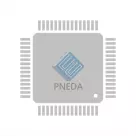 |
2432 | DOTSTAR LED STRIP - ADDRESSABLE | 8244 More on Order |
 |
1548 | ADDRESS LED STRIP SERIAL RGB | 5598 More on Order |
 |
959 | ADDRESS LED MATRIX I2C BLUE | 4392 More on Order |
 |
2841 | ADDRESS LED STRIP SERIAL RGBW 1M | 6600 More on Order |
 |
2958 | ADDRESS LED STRIP SERIAL RGB 1M | 4248 More on Order |
 |
1632 | ADDRESS LED MATRIX I2C GREEN | 5508 More on Order |
 |
1080 | ADDRESS LED MATRIX I2C WHITE | 5328 More on Order |
 |
2612 | ADDRESS LED MATRIX SERIAL RGB | 7056 More on Order |
 |
3094 | ADDRESS LED DISCR SER RGB 100PK | 8982 More on Order |
 |
1612 | ADDRESS LED MODULE SER RGB 1=5 | 7488 More on Order |
 |
3861 | FLEXIBLE SILICONE NEON-LIKE LED | 4896 More on Order |
 |
1287 | 10.1 DISPLAY HDMI/VGA/NTSC/PAL | 8802 More on Order |
 |
4128 | ADAFRUIT 2.13"" TRI-COLOR EINK / | 6714 More on Order |
 |
338 | LCD KIT NOKIA 5110/3310 MONOCHR | 8442 More on Order |
 |
619 | SMT RGB 5050 LED - 10 PACK | 5796 More on Order |
 |
4040 | DIFFUSED BLUE INDICATOR LED - 15 | 7680 More on Order |
 |
448 | INVERTER 12V EL WIRE/TAPE | 6894 More on Order |

